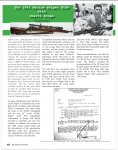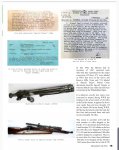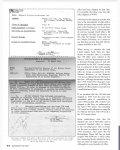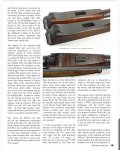I'm going off of foggy memory here, but wasn't the No.32 scope repurposed to fit on the No.4? I had thought it was originally meant for machinegun/tripod use.
At any rate, the No.4 mk1(T) probably makes the most sense for WWII era ammunition and rifle accuracy. The 91/30, SVT40, K98k, G41, G43 variations I think left much to be desired either in windage adjustment, accuracy, cheek weld, etc. I don't think the M1903a4 has enough zoom with the little 2.5x Weavers. With all of that said, I don't have another surplus rifle that I've taken to 1000yd and reliably hit torso plates with, but I have with my 1903 Unertl clone build. A relatively frail scope, sure, but probably the MOST capable/repeatable for long range of anything fielded in WWII.
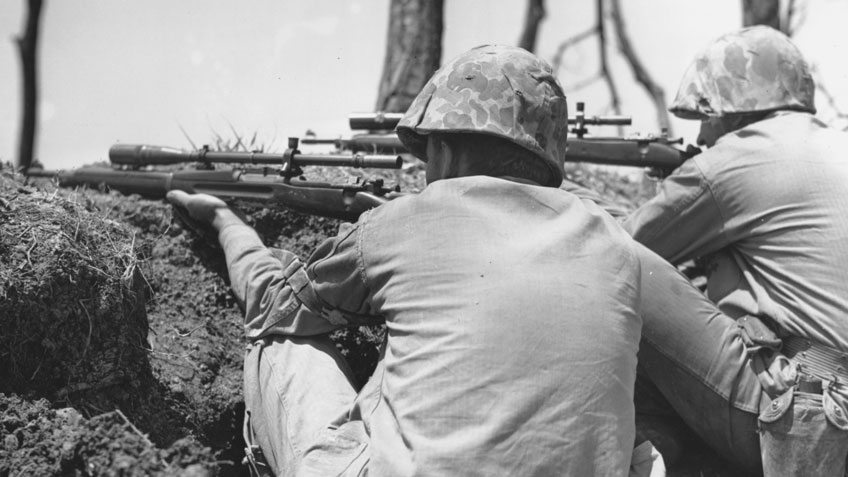
 www.americanrifleman.org
www.americanrifleman.org 


